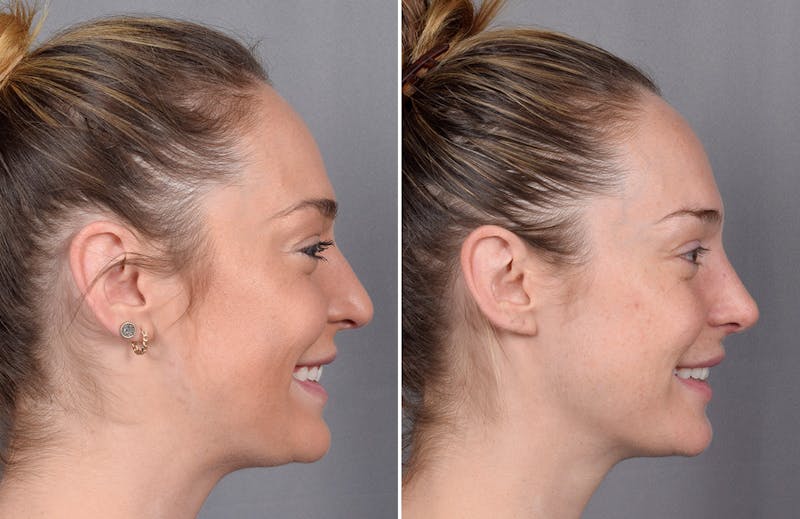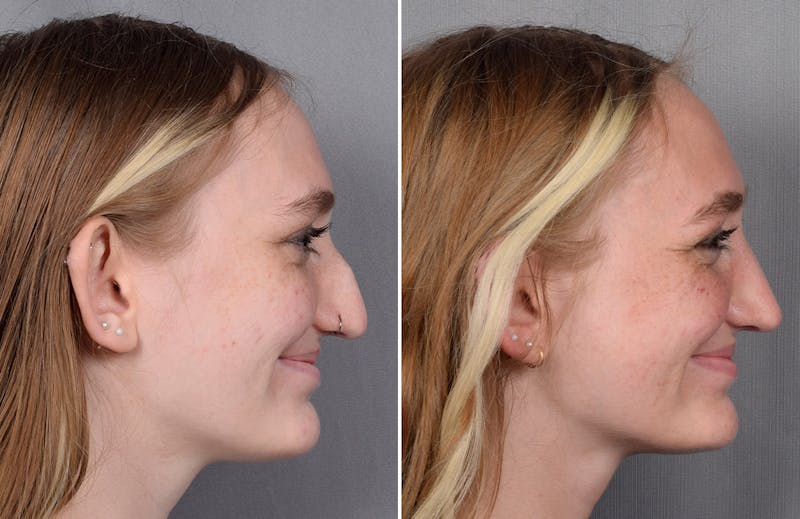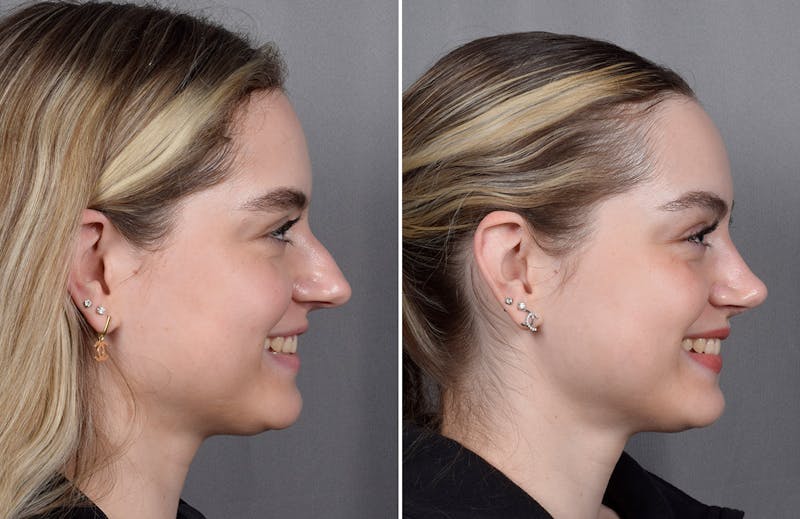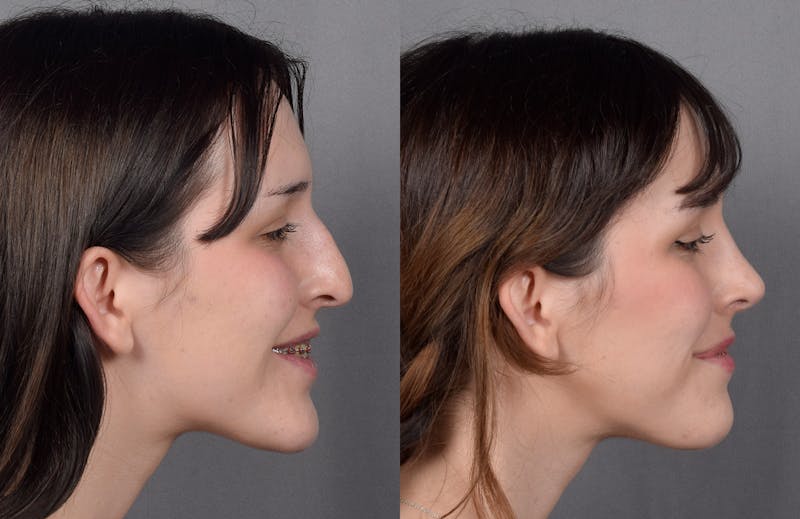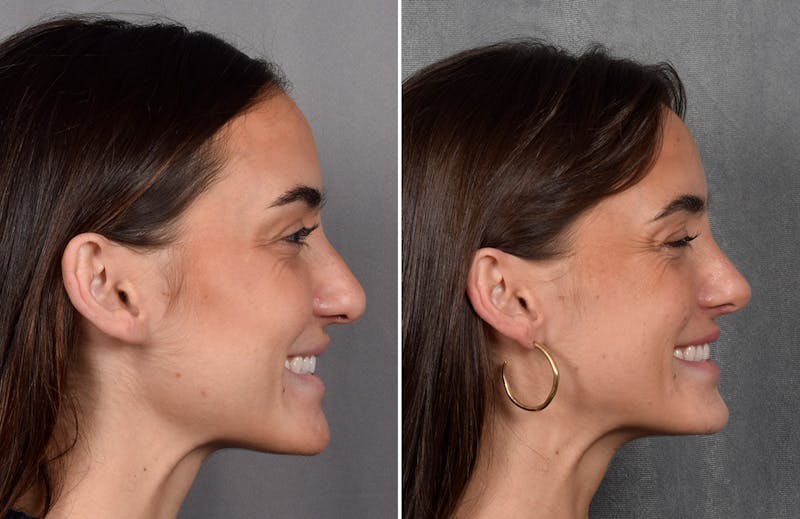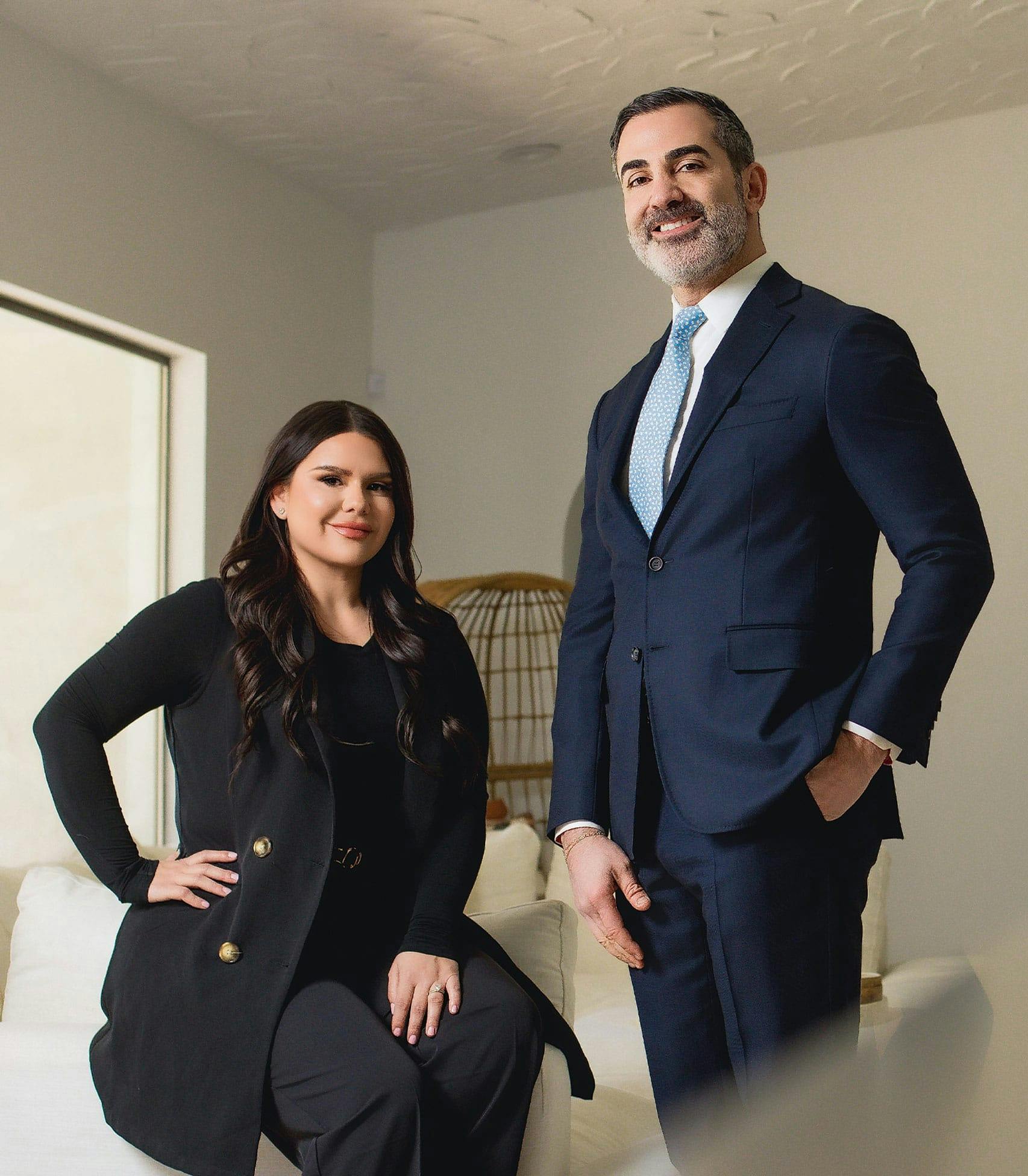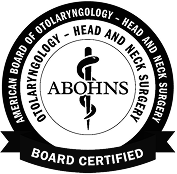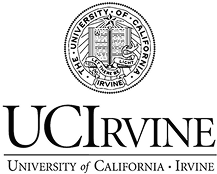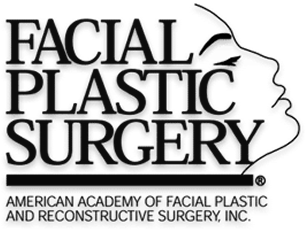Rhinoplasty is one of the most technically challenging and demanding plastic surgery procedures. When performed poorly, the results can have a devastating impact on patients’ appearance and confidence. Due to the challenging nature of rhinoplasty surgery, it is not surprising that it has the highest rate of necessary revisions. Revision rhinoplasty or secondary rhinoplasty is the surgical correction of a previous rhinoplasty.
What Is the Difference Between Primary and Revision Rhinoplasty?
Revision rhinoplasty is notably more complex than primary rhinoplasty; this is mainly related to the changes in native tissues and cartilage, as well as scarring. During your initial rhinoplasty, your surgeon will have manipulated the shape and size of the nasal cartilages and bone. Many revision rhinoplasty cases do not have the structural integrity that is necessary to perform the procedure, so creating a structural graft out of cartilage from the patient’s ear, rib, or another part of the nose is often necessary.
Additionally, extensive scar tissue may be present, which hinders the surgeon’s ability to easily manipulate the tissues and also makes healing a little more difficult. Therefore, this procedure requires a high level of surgical skill and finesse.

